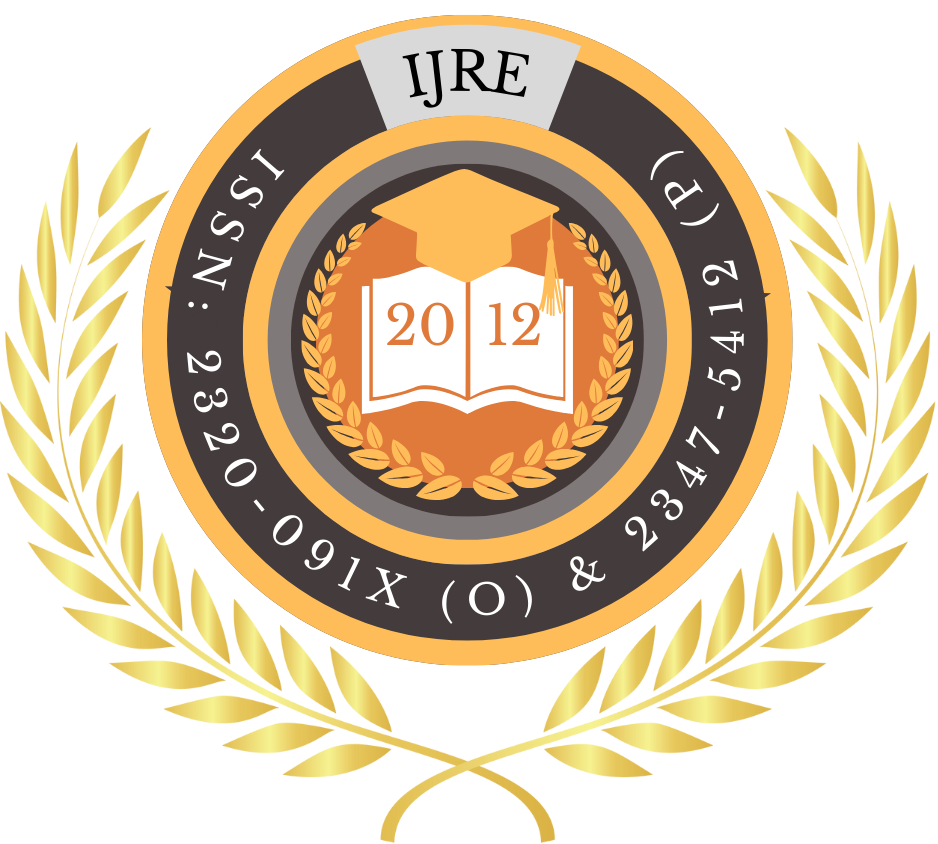![]()
Certificate: View Certificate
Published Paper PDF: View PDF
Harishankar Yadav
Independent Researcher
Uttar Pradesh, India
Abstract
In the aftermath of the COVID-19 pandemic, the foundational structures of teacher induction programs underwent sweeping transformations, compelling education stakeholders to reassess and realign mentorship frameworks to support novice educators in increasingly complex instructional environments. This expanded analysis details how post-pandemic induction programs integrated diverse mentorship models—one-to-one dyadic mentoring, peer mentoring cohorts, group mentoring sessions, e-mentoring platforms, and blended approaches—to address emergent needs around remote and hybrid teaching, socio-emotional well-being, and digital pedagogy. Drawing on theoretical perspectives from social constructivism, communities of practice, social learning theory, and technology acceptance, the study examines how each model’s core components—mentor selection criteria, training protocols, interaction frequency, goal-setting processes, and digital tool integration—contribute to novice teacher self-efficacy, professional identity formation, and retention intentions. A mixed-methods survey of 250 first- and second-year teachers across diverse urban and rural districts revealed that structured peer cohorts and blended e-mentoring arrangements significantly outperform traditional dyadic mentoring in fostering collaborative problem-solving, resilience in technology-mediated instruction, and sustained engagement with professional learning communities. Critical success factors include comprehensive mentor training in adult learning theory and culturally responsive pedagogy, explicit co-construction of mentorship goals, and leveraging asynchronous digital channels to maintain continuous support. Conversely, unstructured dyadic models often suffered from scheduling constraints, mentor role ambiguity, and limited capacity to scale. The findings culminate in actionable guidelines for designing scalable, contextually responsive induction models that ensure high-quality mentorship, promote teacher agency, and cultivate resilient learning networks capable of adapting to future disruptions in educational delivery.
Keywords
Mentorship Models, Teacher Induction, Post-Pandemic Education, Peer Mentoring, E-Mentoring
References
- Bandura, A. (1997). Self-efficacy: The exercise of control. W. H. Freeman.
- Darling-Hammond, L., Hyler, M. E., & Gardner, M. (2017). Effective teacher professional development. Learning Policy Institute.
- Davis, F. D. (1989). Perceived usefulness, perceived ease of use, and user acceptance of information technology. MIS Quarterly, 13(3), 319–340.
- Eby, L. T., Allen, T. D., Evans, S. C., Ng, T., & DuBois, D. L. (2013). Does mentoring matter? A multidisciplinary meta-analysis comparing mentored and non-mentored individuals. Journal of Vocational Behavior, 83(1), 106–116.
- Feiman-Nemser, S. (2001). From preparation to practice: Designing a continuum to strengthen and sustain teaching. Teachers College Record, 103(6), 1013–1055.
- Griffin, S. (2016). Group mentoring for new teachers: A practical approach. Teaching and Teacher Education, 57, 158–167.
- Ingersoll, R., & Strong, M. (2011). The impact of induction and mentoring programs for beginning teachers: A critical review of the research. Review of Educational Research, 81(2), 201–233.
- Russell, J., & Haugh, C. (2021). E-mentoring for teachers in pandemic times: Lessons learned. Journal of Digital Learning, 7(2), 45–59.
- Smith, T. M., & Ingersoll, R. M. (2004). What are the effects of induction and mentoring on beginning teacher turnover? American Educational Research Journal, 41(3), 681–714.
- Tschannen-Moran, M., & Hoy, A. W. (2001). Teacher efficacy: Capturing an elusive construct. Teaching and Teacher Education, 17(7), 783–805.
- Vygotsky, L. S. (1978). Mind in society: The development of higher psychological processes. Harvard University Press.
- Wenger, E. (1998). Communities of practice: Learning, meaning, and identity. Cambridge University Press.
- Achinstein, B., & Athanases, S. Z. (2006). Mentors in urban schools: Facilitating the development of new teachers. Teachers College Press.
- Hobson, A. J., Ashby, P., Malderez, A., & Tomlinson, P. D. (2009). Mentoring beginning teachers: What we know and what we don’t. Educational Review, 61(3), 329–346.
- Carver, C. L. (2018). Blended mentoring approaches in teacher induction. Journal of Educational Technology, 14(1), 23–35.
- Goldrick, L. (2016). Effective teacher induction: Research-based strategies for success. Corwin Press.
- Inman, D., & Marlow, L. (2004). Teacher mentoring: Teachers’ perceptions of roles and responsibilities. Mentoring & Tutoring, 12(3), 303–316.
- Mullen, C. A., & Rocco, T. S. (2006). Building a learning community: A mentoring approach. Sul Ross State University.
- Veal, W. R., & Rikard, G. (2012). Perceptions of mentors’ characteristics in physical education teacher induction programs. Physical Education & Sport Pedagogy, 17(2), 159–172.
- Zhang, X., & Wu, Q. (2020). Virtual mentoring for teacher induction in rural contexts. Rural Education Quarterly, 35(4), 12–28.
